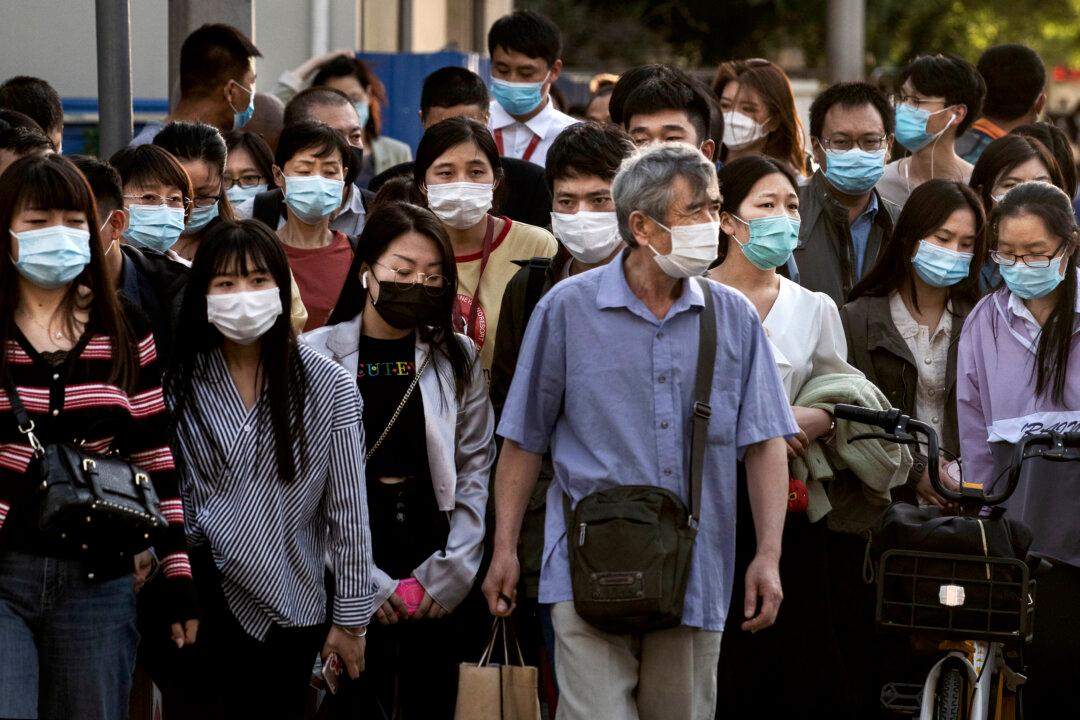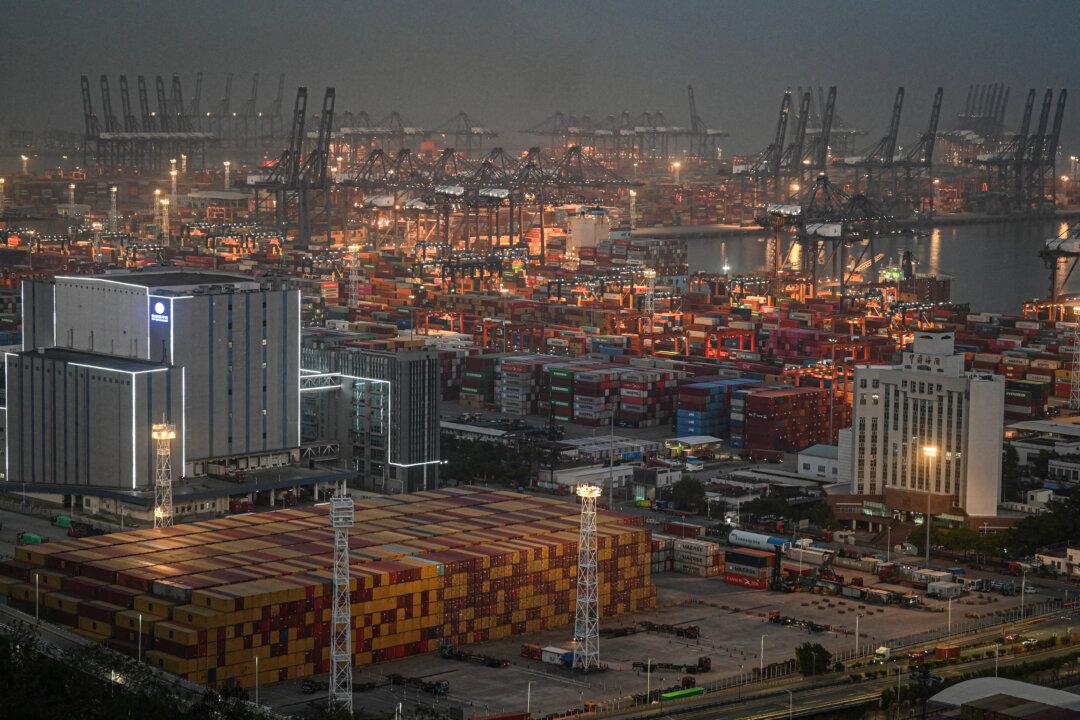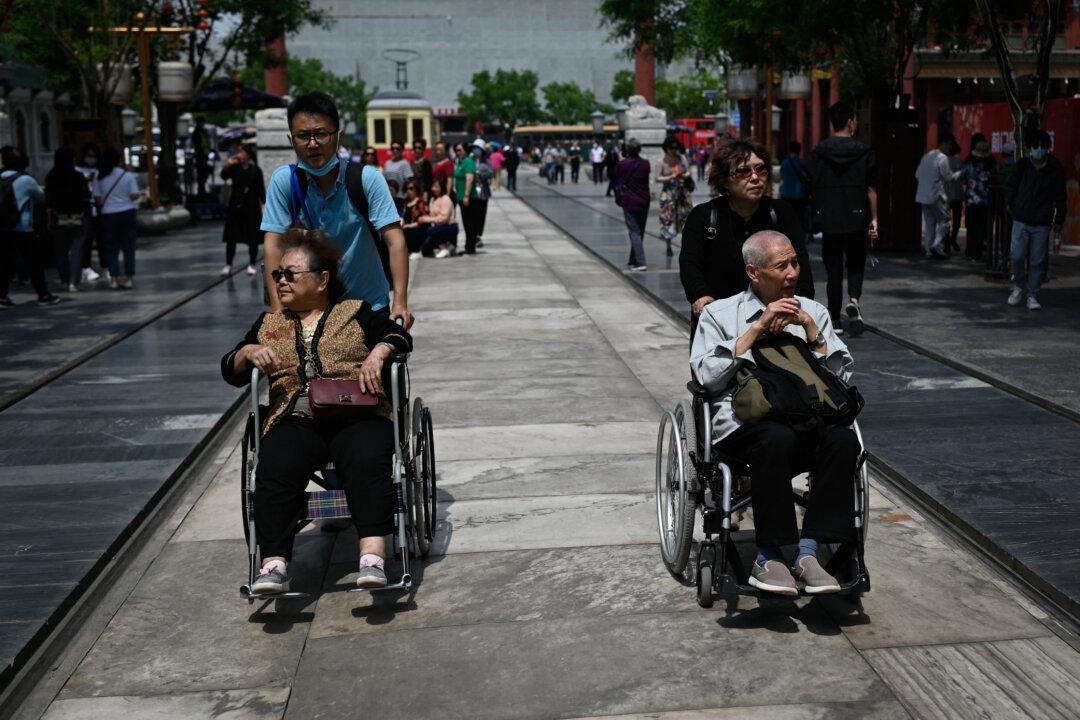Commentary
The year 2020 was supposed to see the end of poverty in China, the year that concluded the 13th Five Year Social and Economic Development Initiative, and the year the country steps into the second phase of the “Three-Step Development of Socialism with Chinese Characteristics” in economic, military and rural areas.





